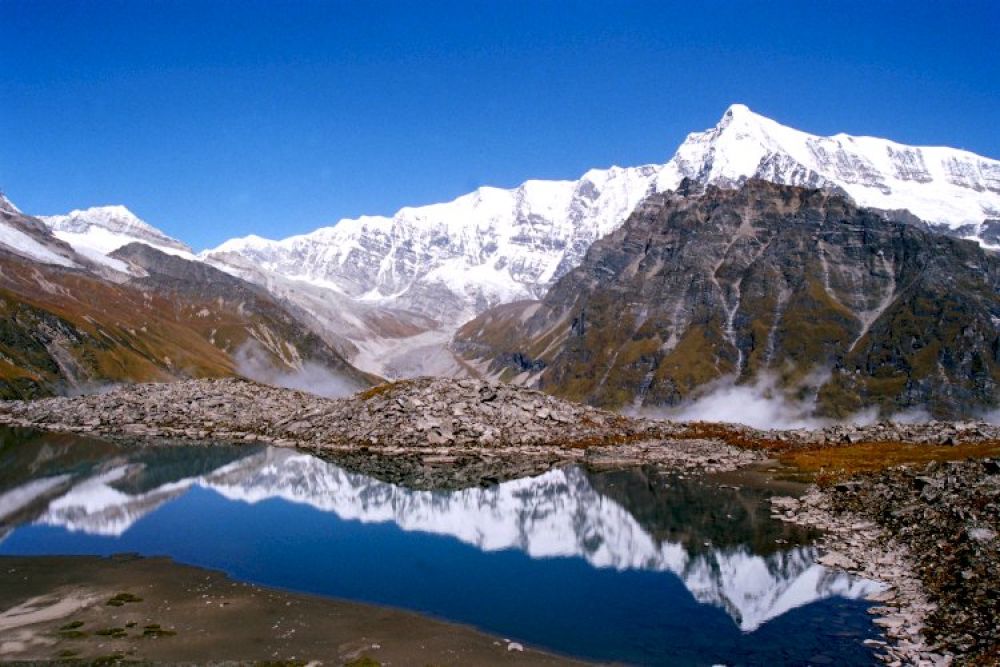

The Sunderdhunga Glacier is situated in the Bageshwar district of the enchanting Uttarakhand state in India. Known for its breathtaking natural beauty and challenging treks, Sunderdhunga translates to 'Valley of Beautiful Stones', and it is a gem in the Indian Himalayas for adventurers and nature lovers alike.
Tourism in the region has deep historical roots, with ancient traditions of pilgrimage and the veneration of natural sites. However, it wasn't until the 20th century that areas like Sunderdhunga started gaining recognition as destinations for trekkers and mountaineers. In 1931, the region was mapped by the British, but it remained relatively untraveled by outsiders until the latter half of the century. With the growth of adventure tourism and the establishment of protected areas and conservation efforts, Sunderdhunga Glacier began to attract more visitors.
Visitors to the Sunderdhunga Glacier are treated to stunning views of peaks like Tharkot, Mrigthuni, and Maiktoli. The trek to the glacier is dotted with picturesque hamlets, lush meadows, and a diverse range of flora and fauna endemic to the Himalayan region. The journey often includes visits to nearby glaciers such as Pindari and Kafni, which have also become popular trekking destinations.
The region is not just a natural paradise but also a place of cultural importance. The local populations of Bageshwar and its surroundings hold deep spiritual connections to the land, with many temples and sacred sites that reflect the interweaving of Hinduism with the awe-inspiring environment.
In recent years, sustainable tourism has become a major trend in the region. Efforts have been made to reduce the environmental impact of tourism and to promote the conservation of the unique Himalayan ecosystem.
Eco-friendly accommodations and community-based tourism initiatives are increasingly popular, providing visitors with authentic experiences while contributing to local livelihoods. Moreover, adventure tourism continues to rise, with trekking, rock climbing, and mountaineering drawing in thrill-seekers from around the world.
Despite the increasing popularity of Sunderdhunga Glacier, there are challenges such as limited access, the need for acclimatization to high altitudes, and the necessity of preserving the delicate environment. Tourists are advised to plan their trips responsibly, hire local guides, and carry back all non-biodegradable waste to ensure that Sunderdhunga remains unspoiled for future generations.
The tourism industry in the region continues to evolve, driven by both the beauty of the Himalayas and the desire for sustainable, responsible travel experiences. As tourism grows, so does the responsibility of visitors and tour operators to protect and respect this magnificent area.